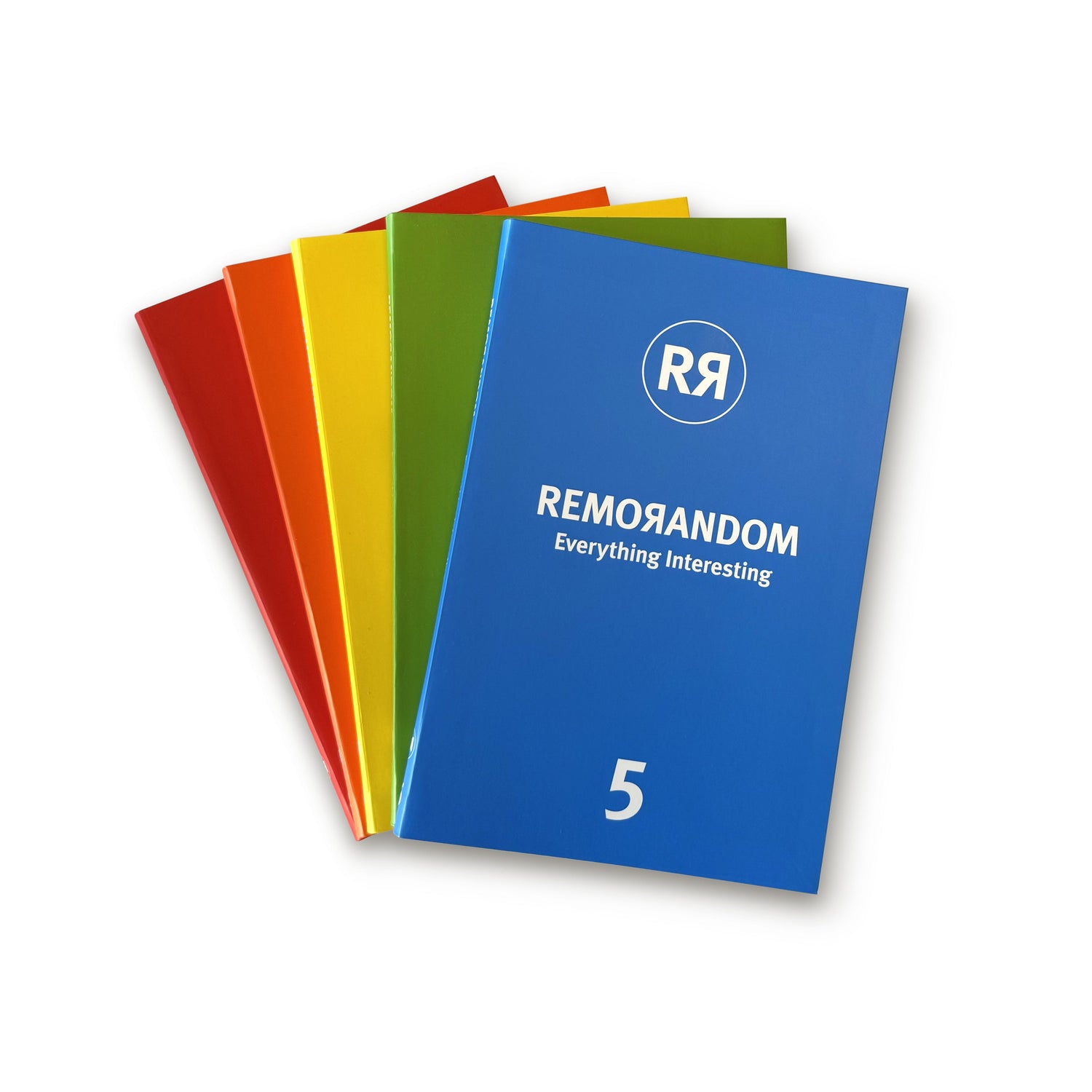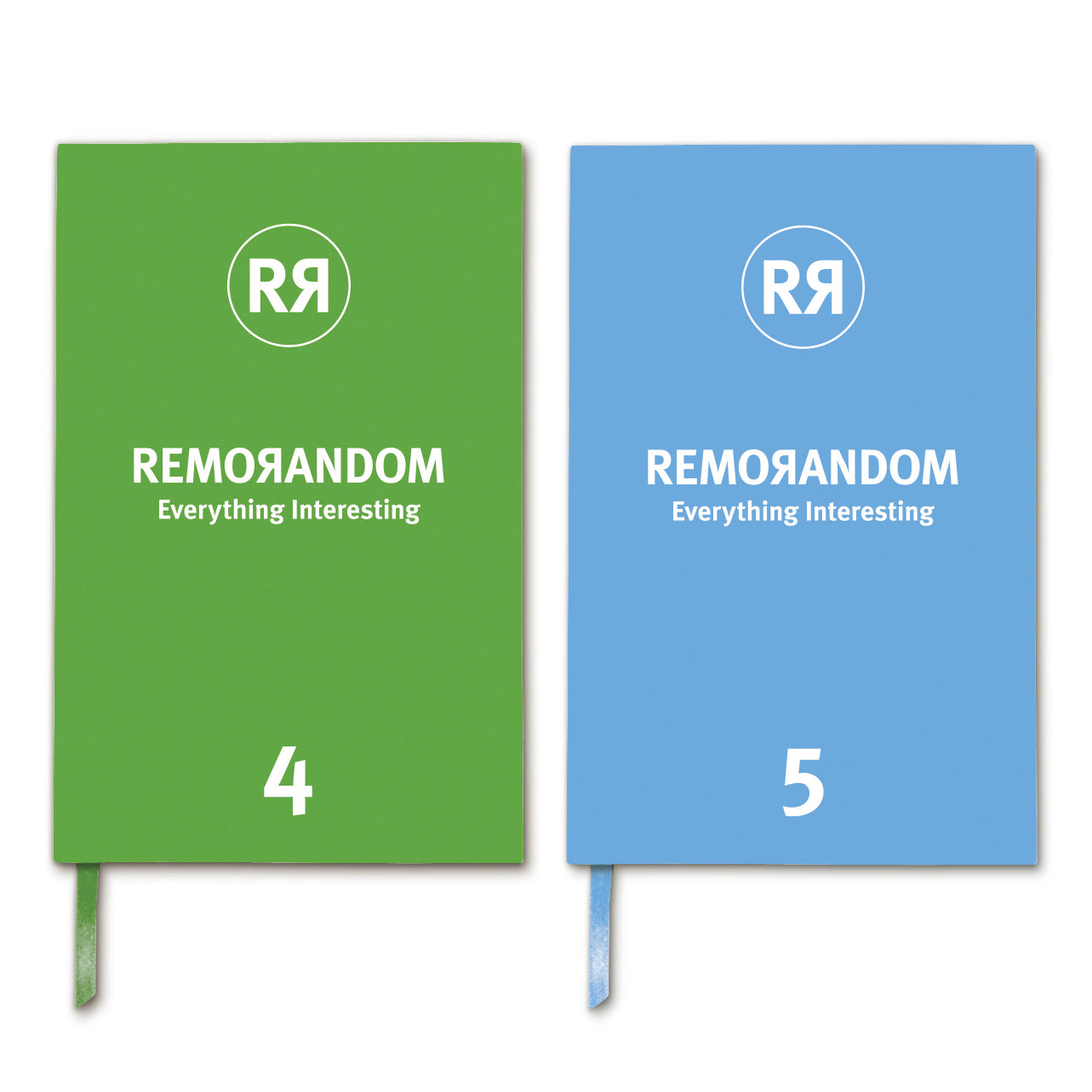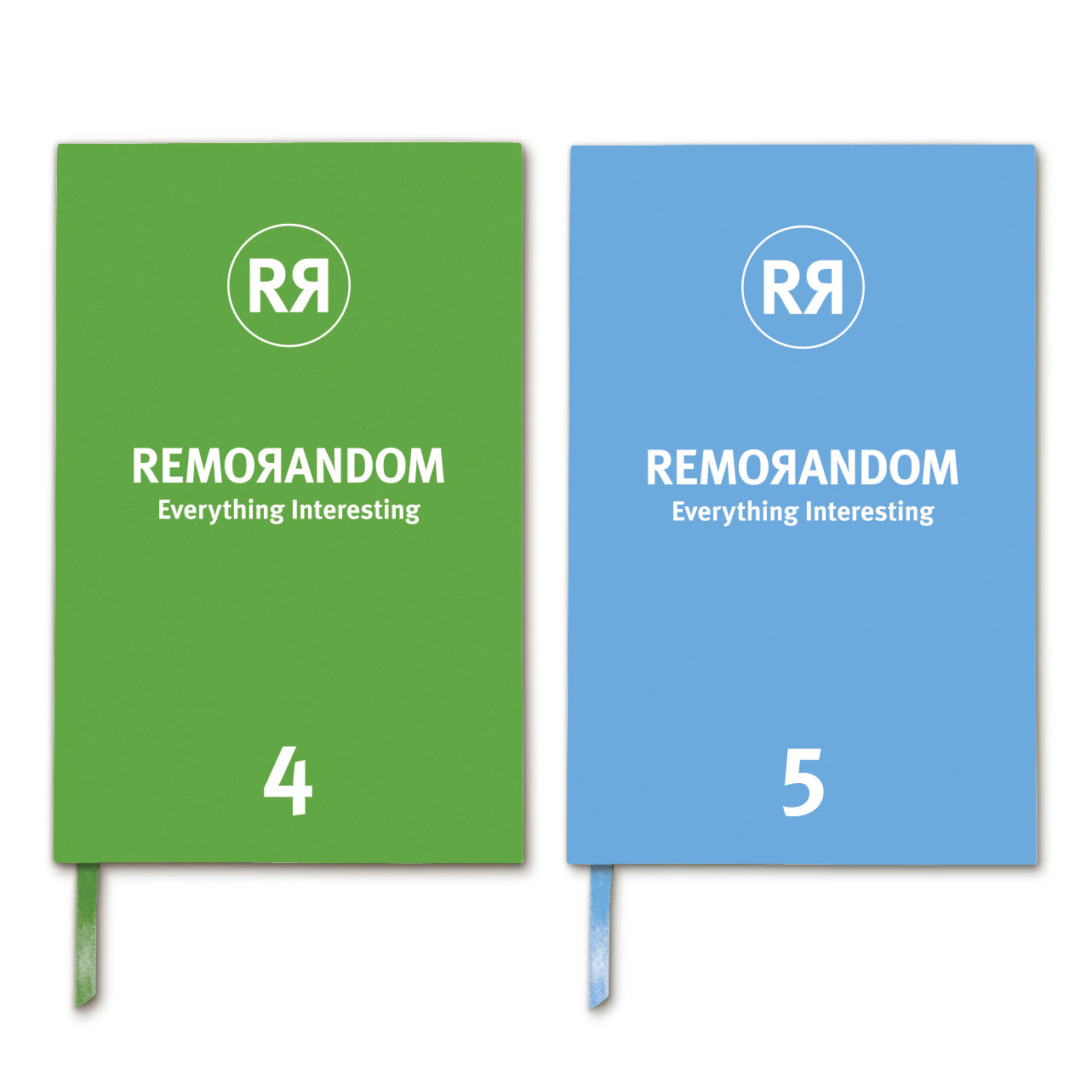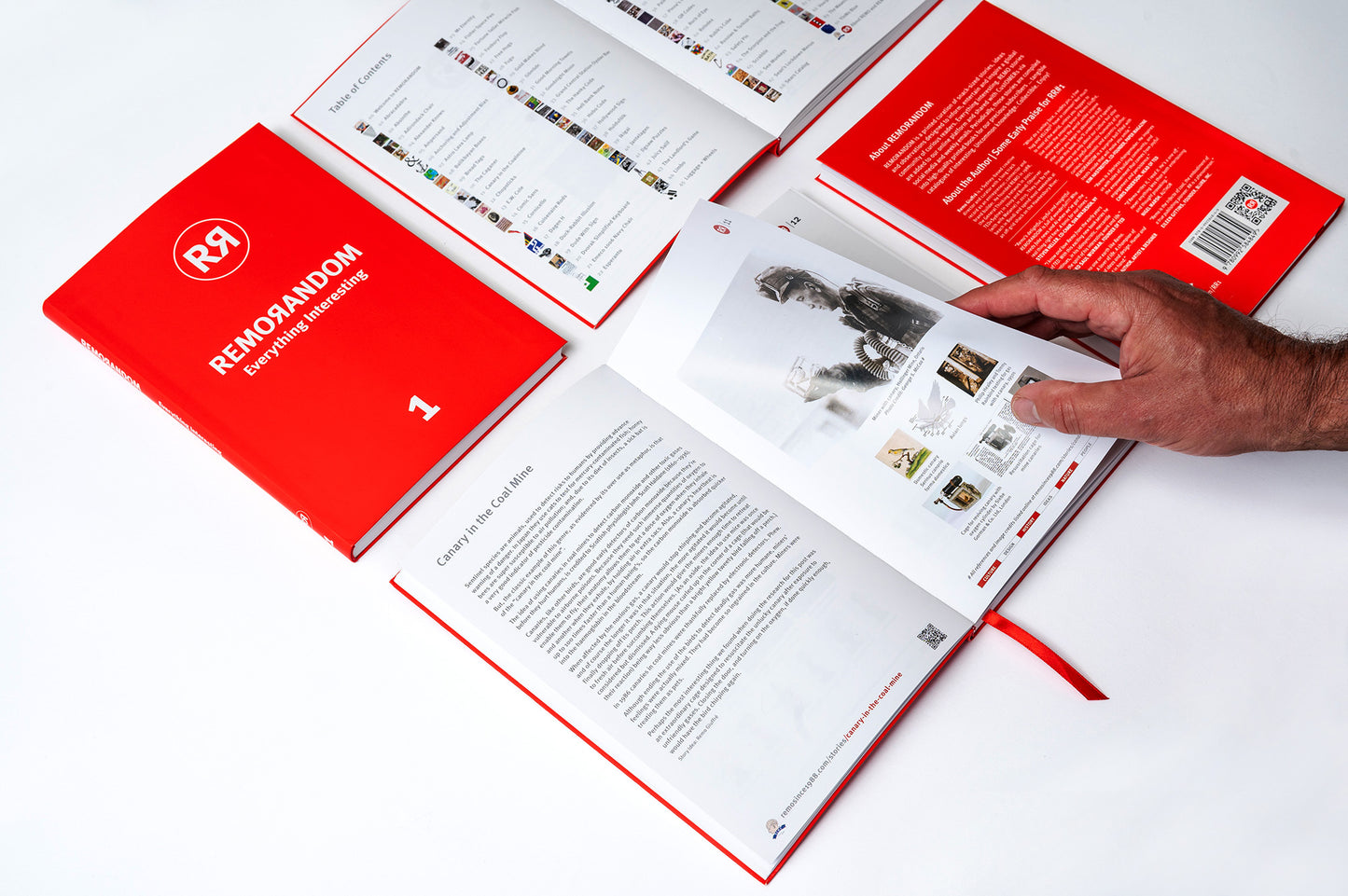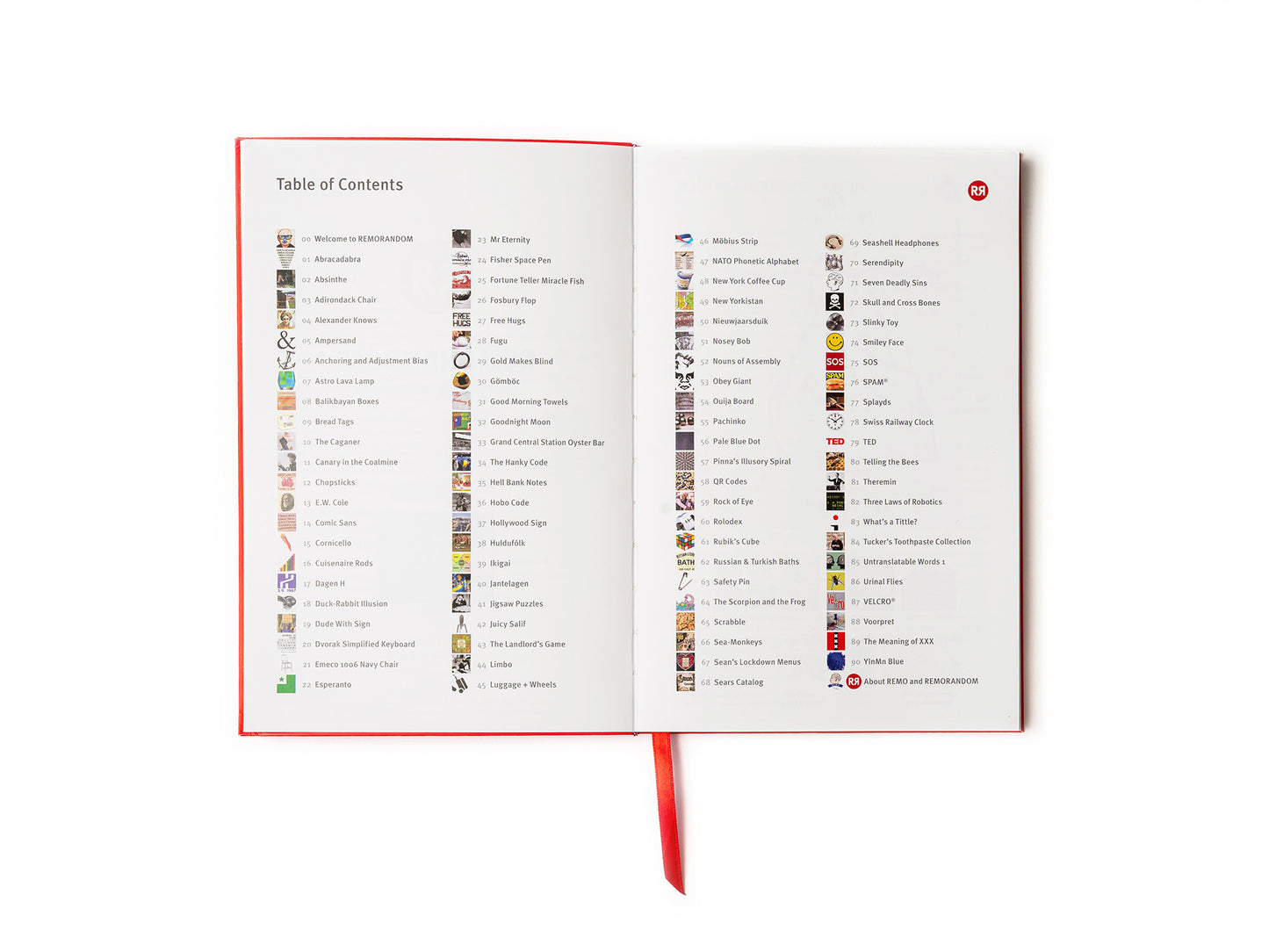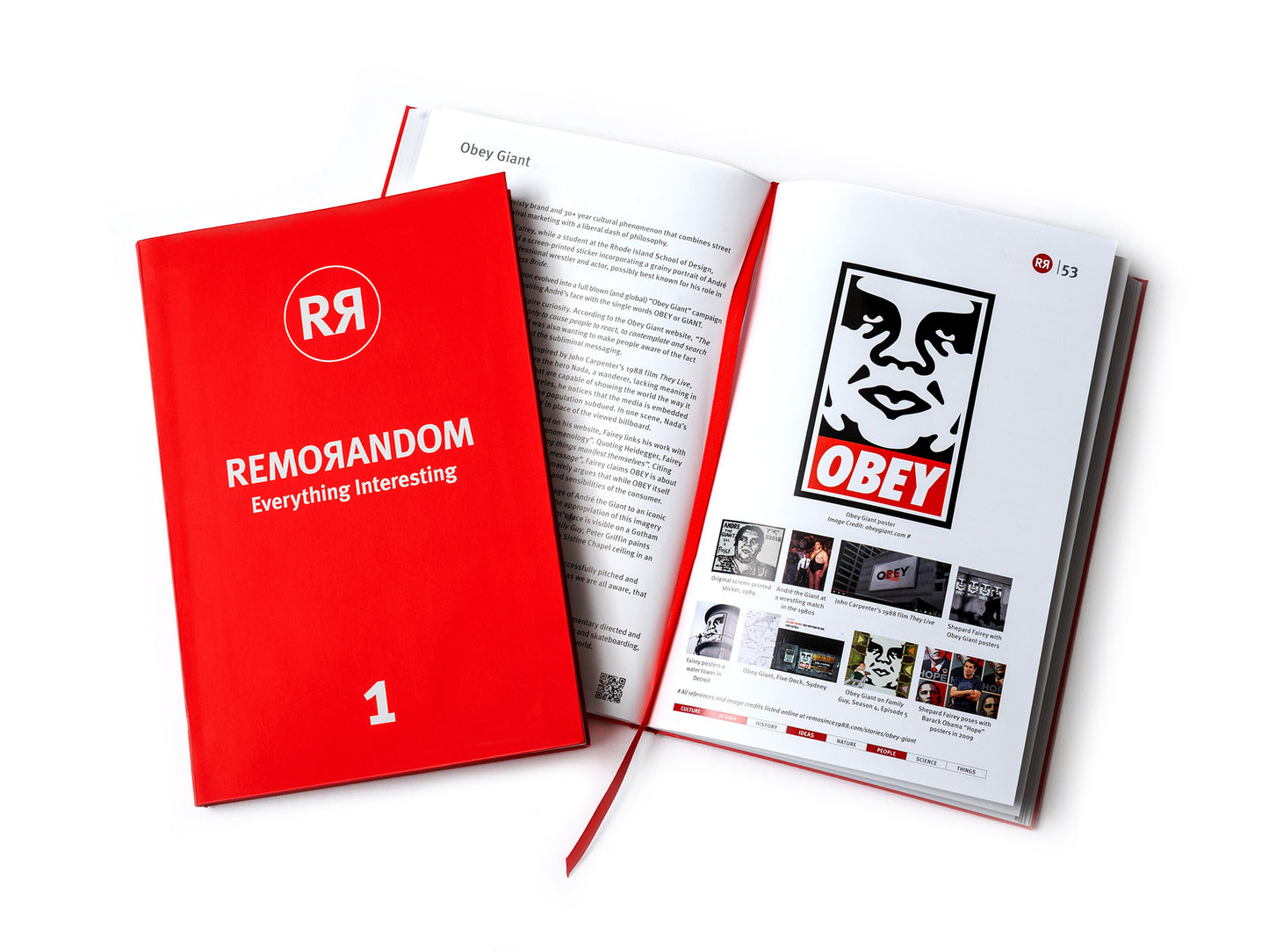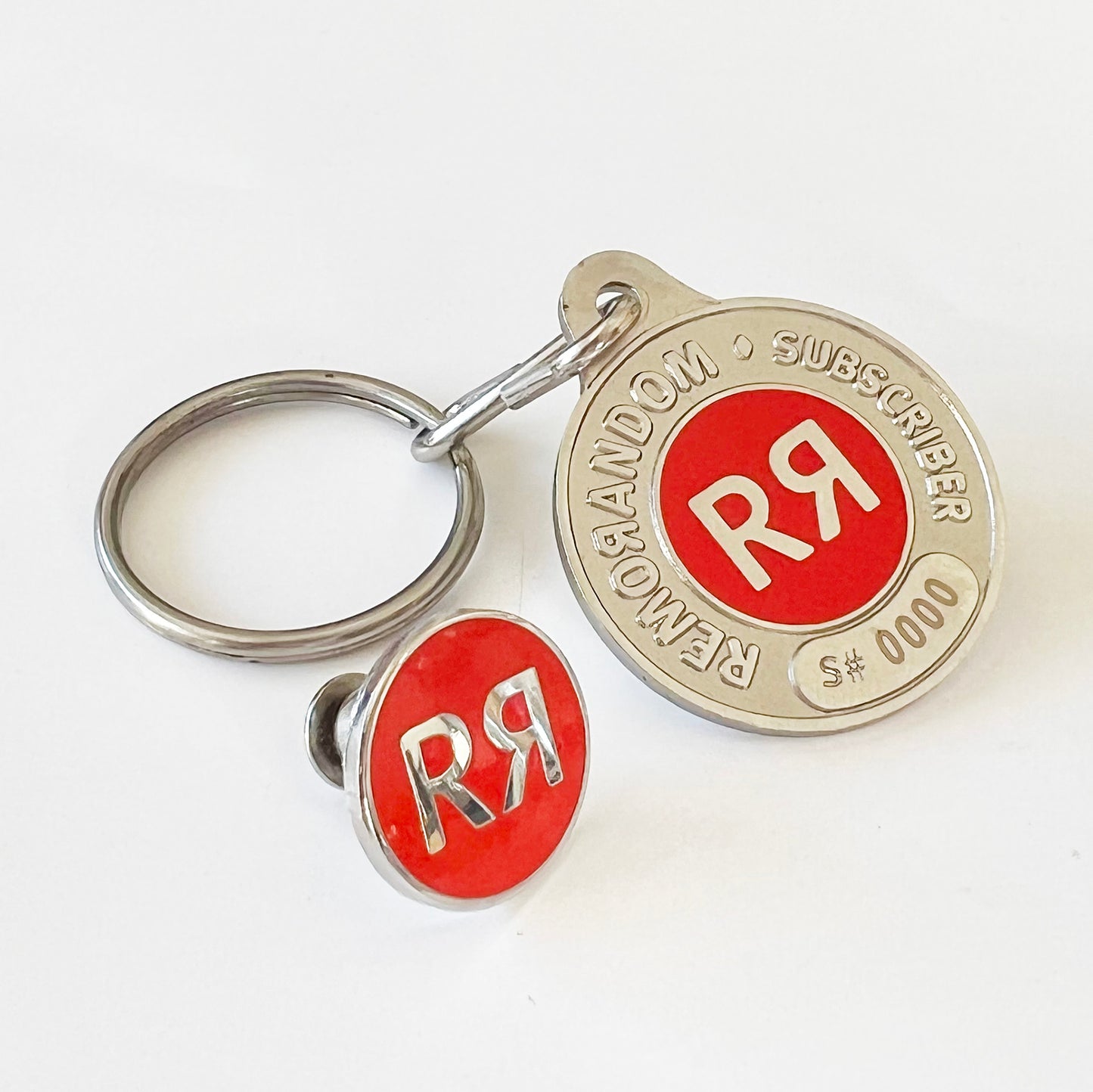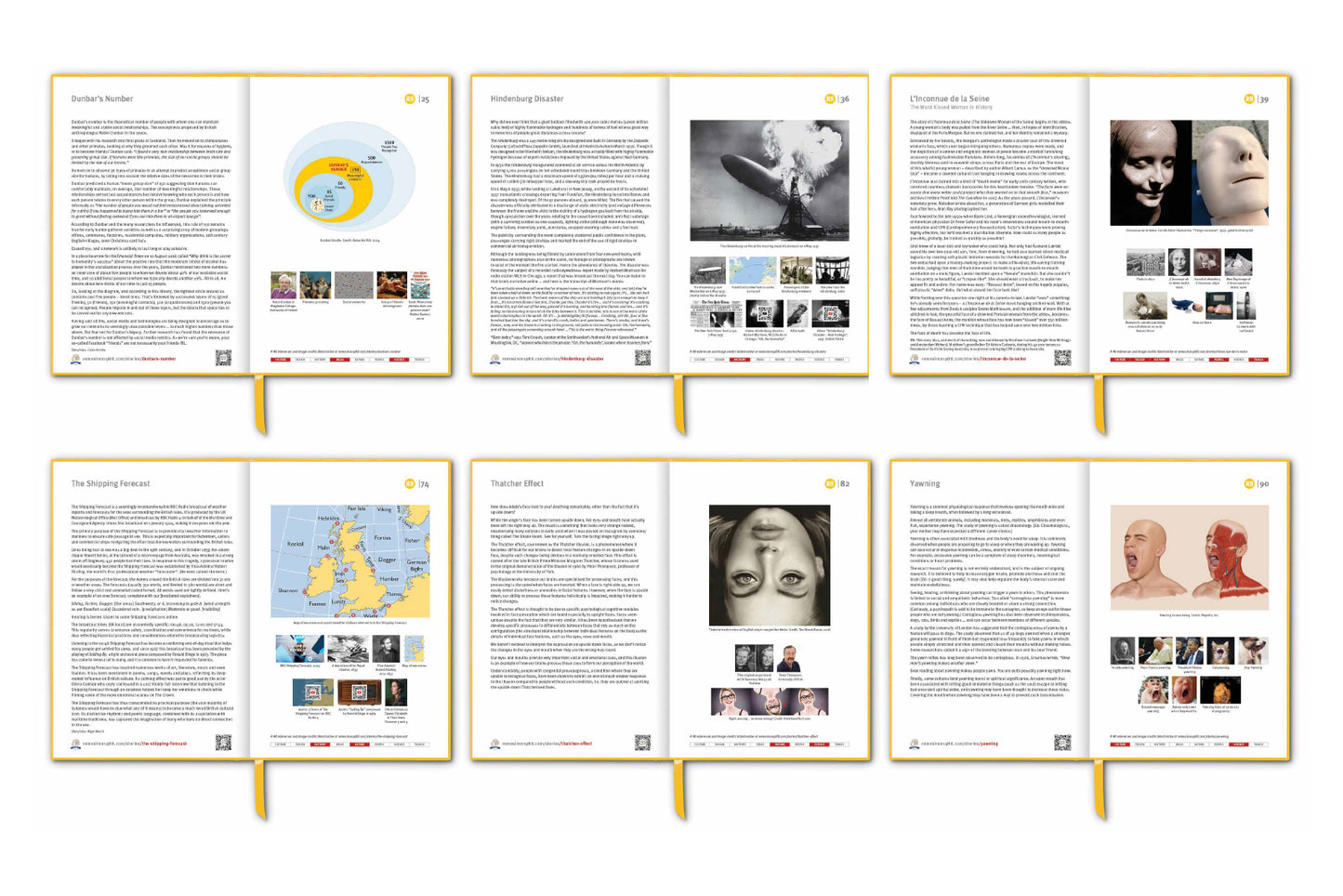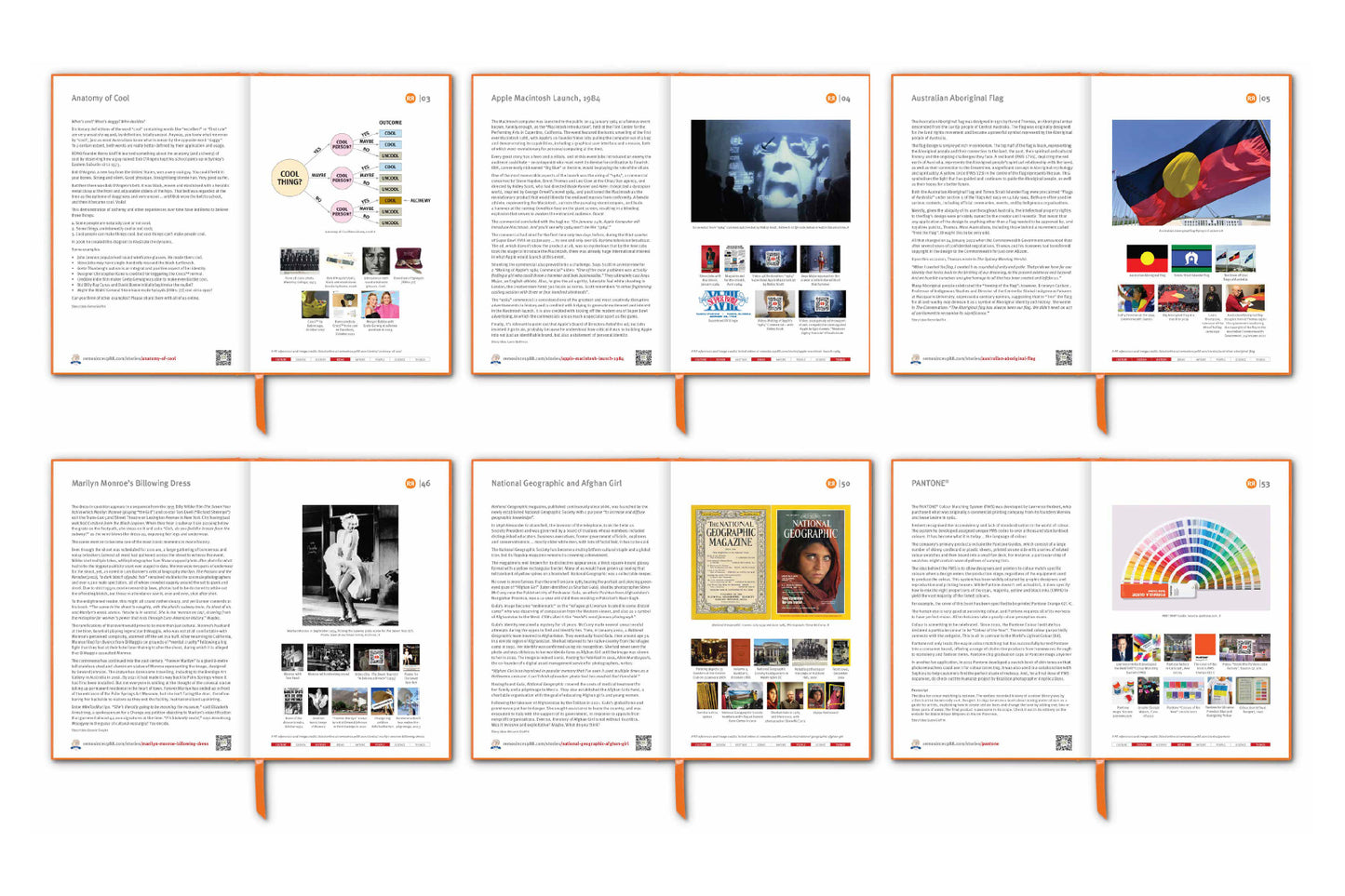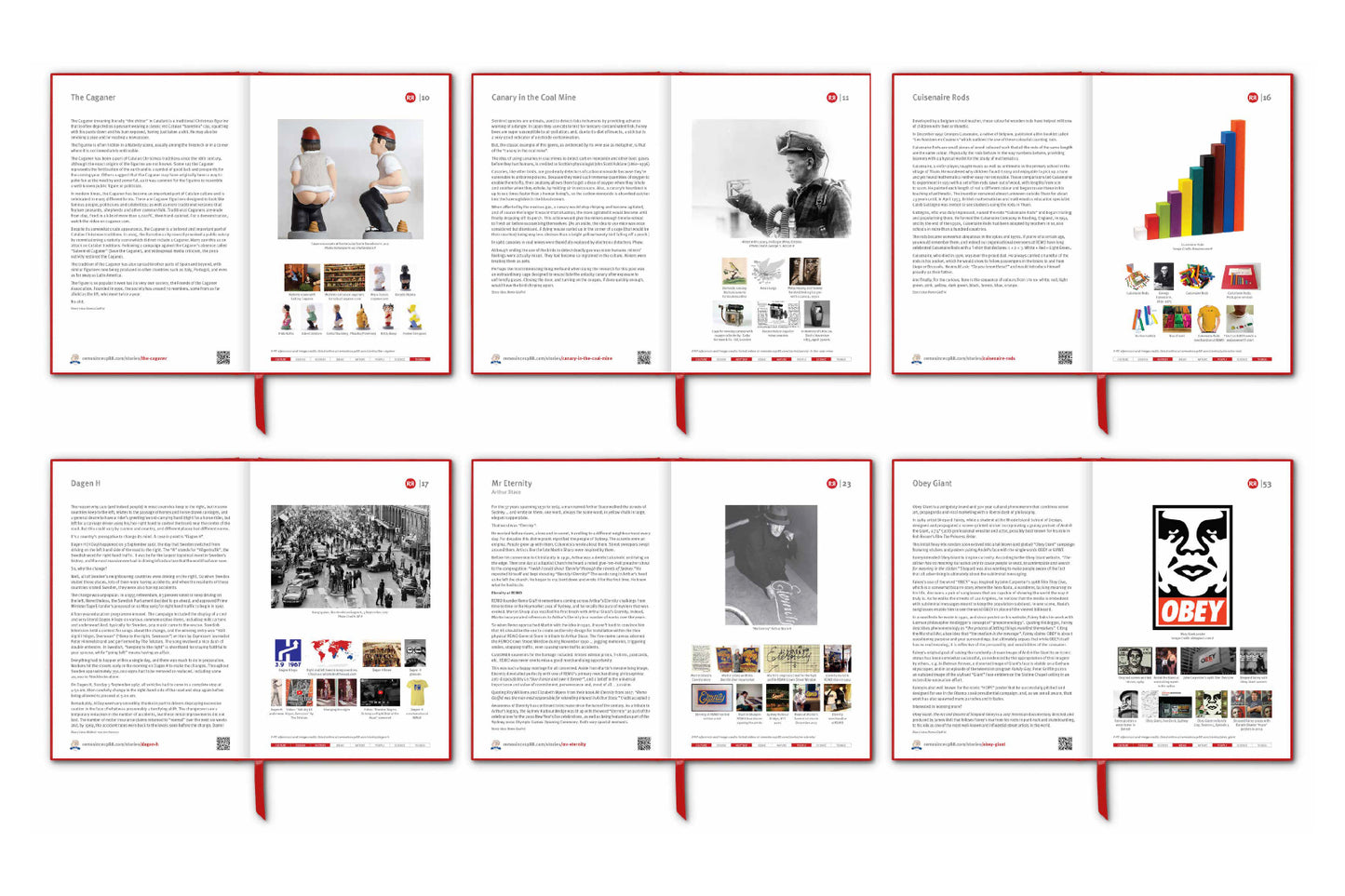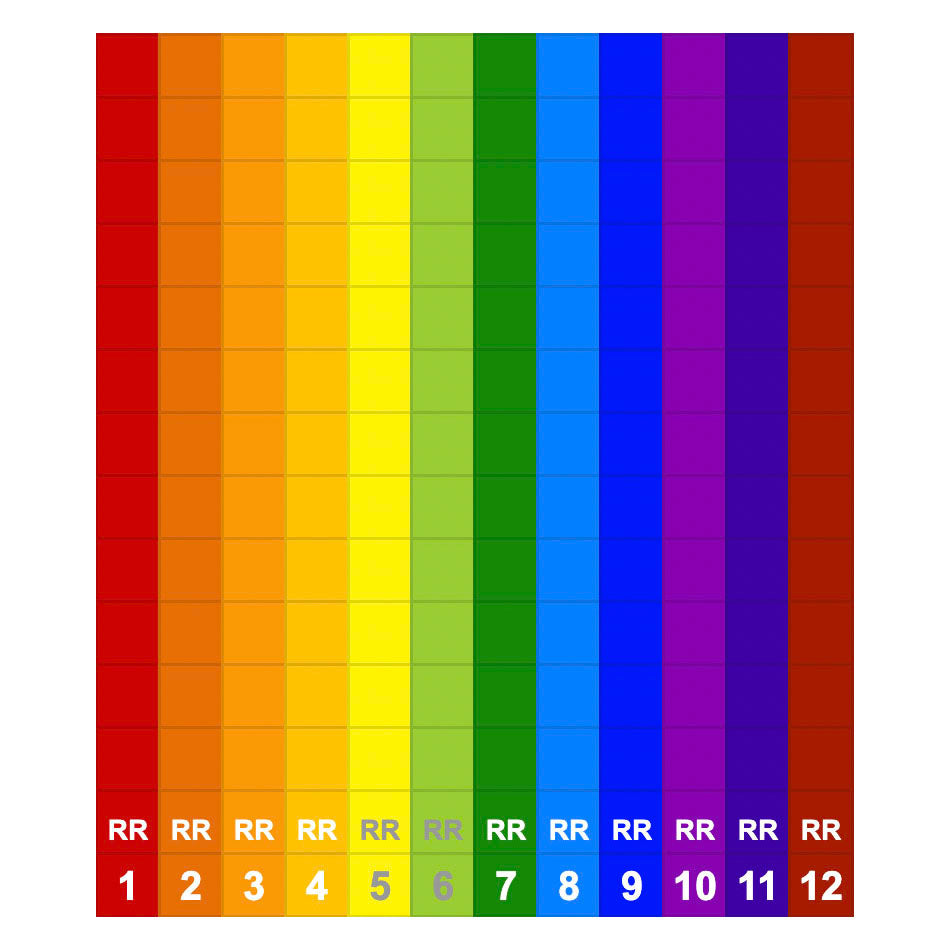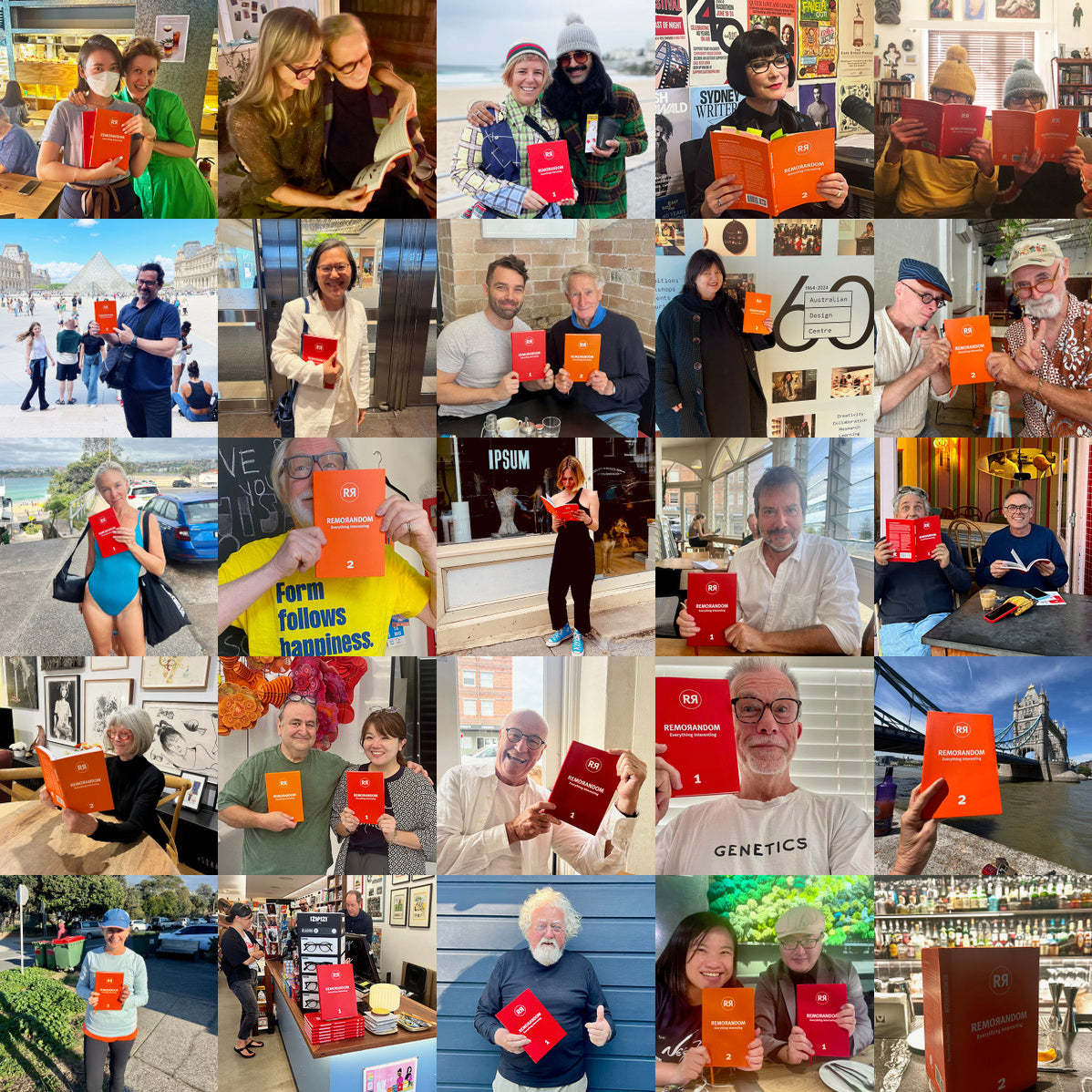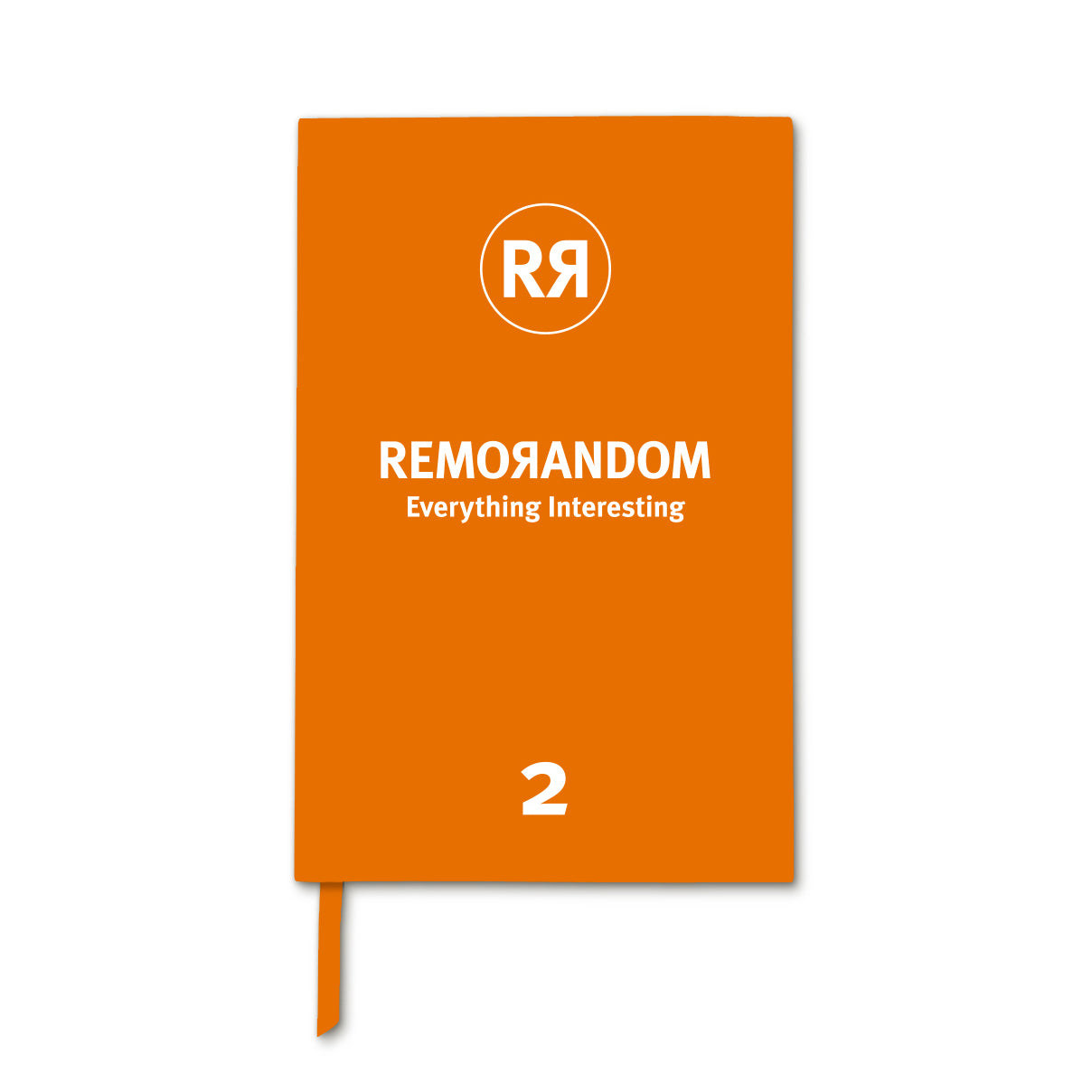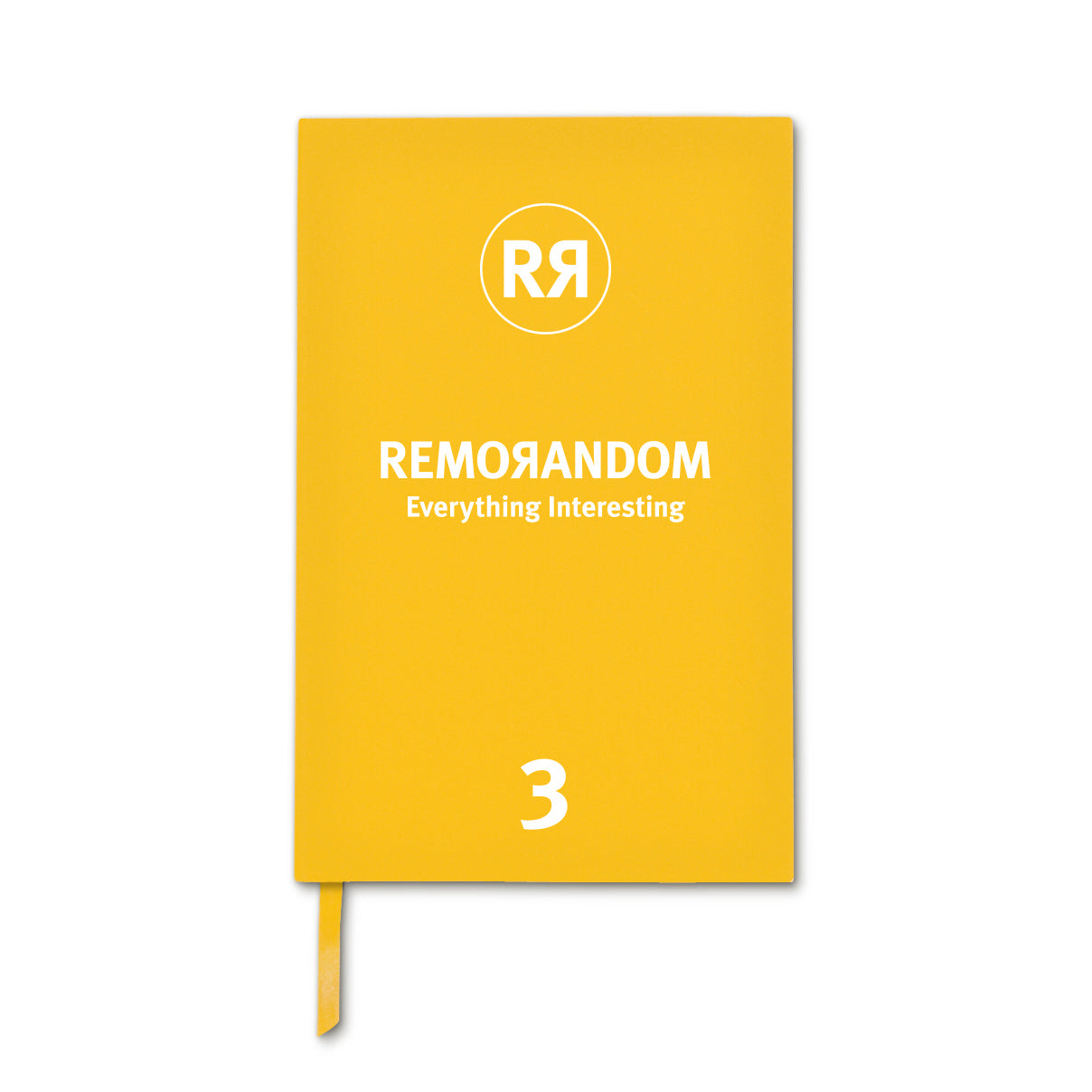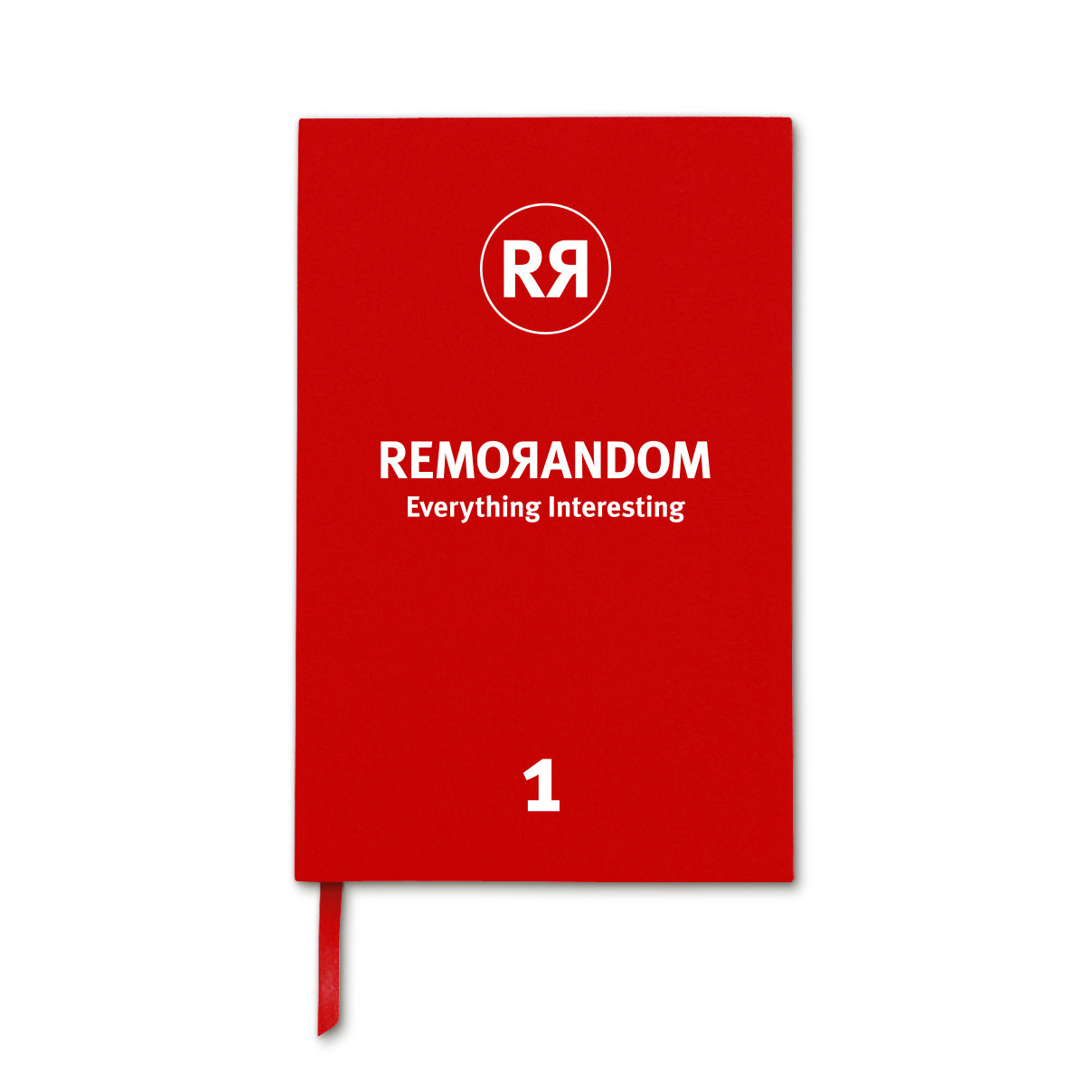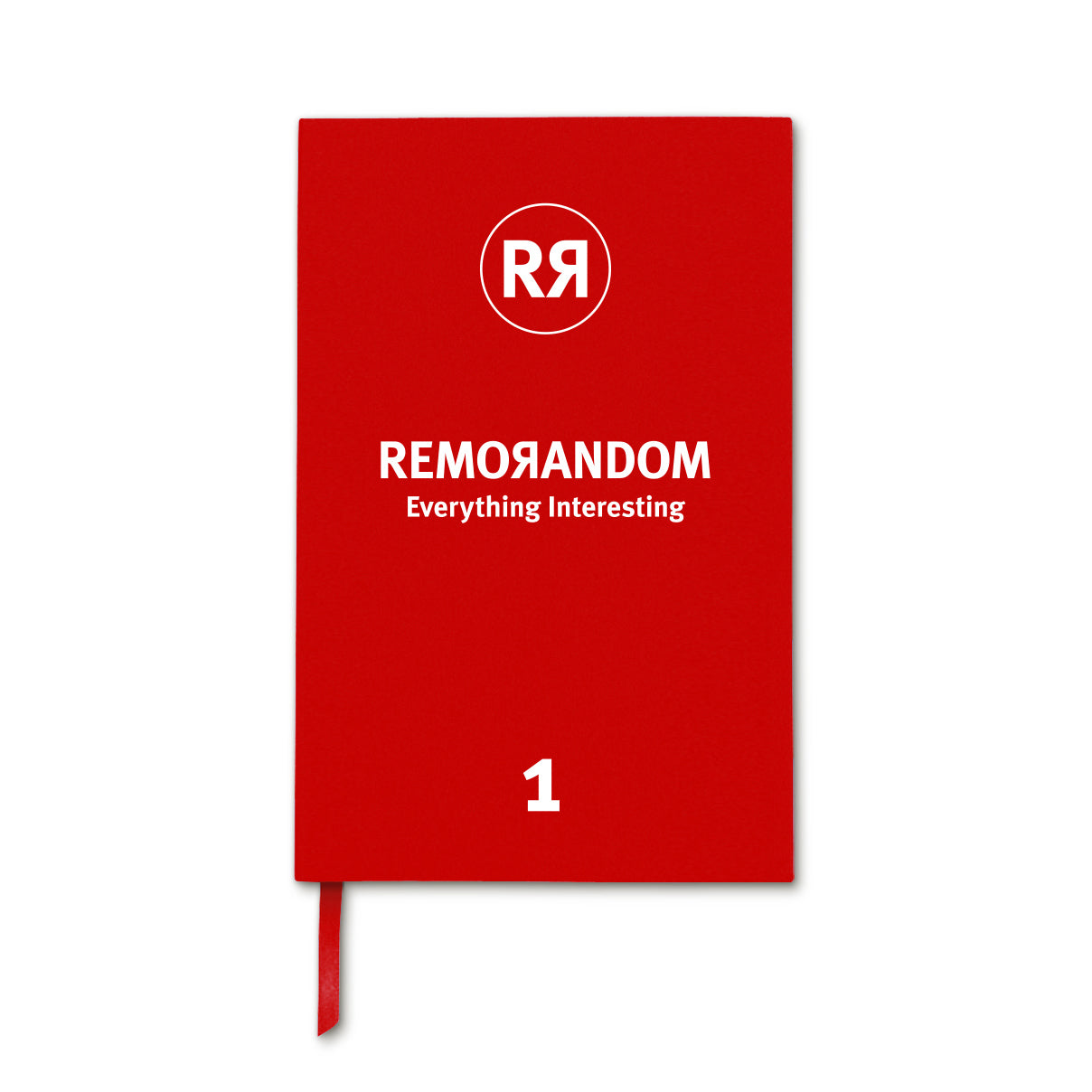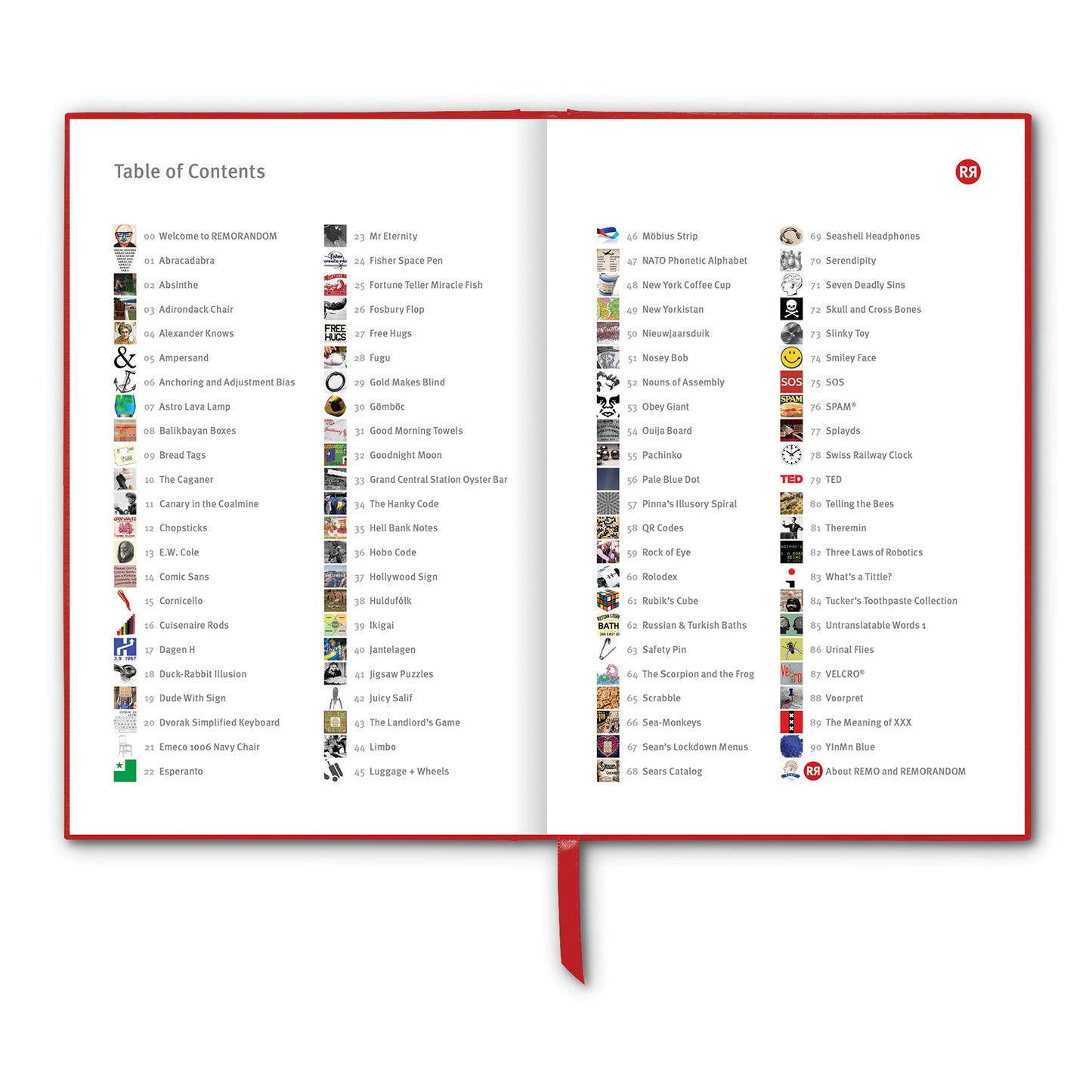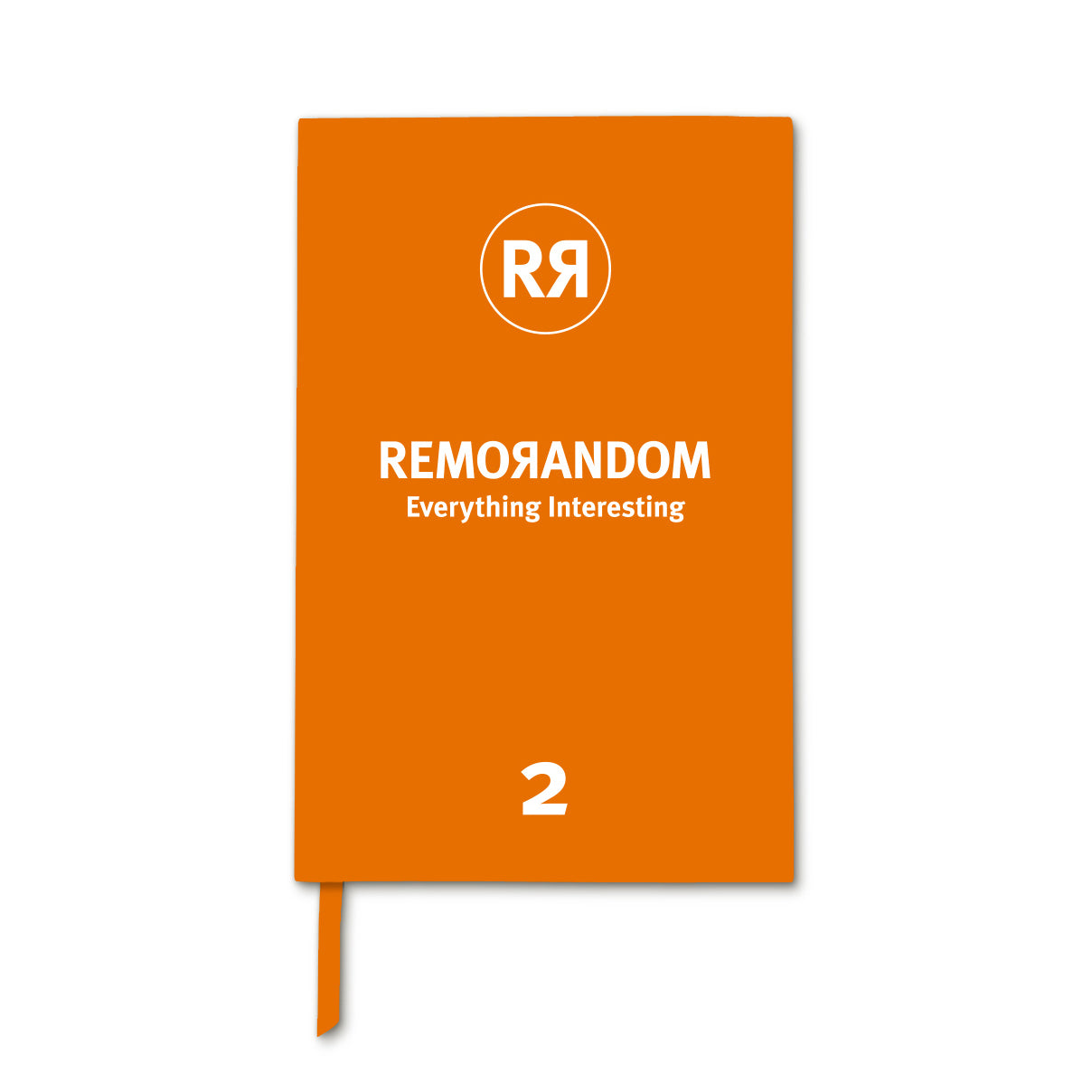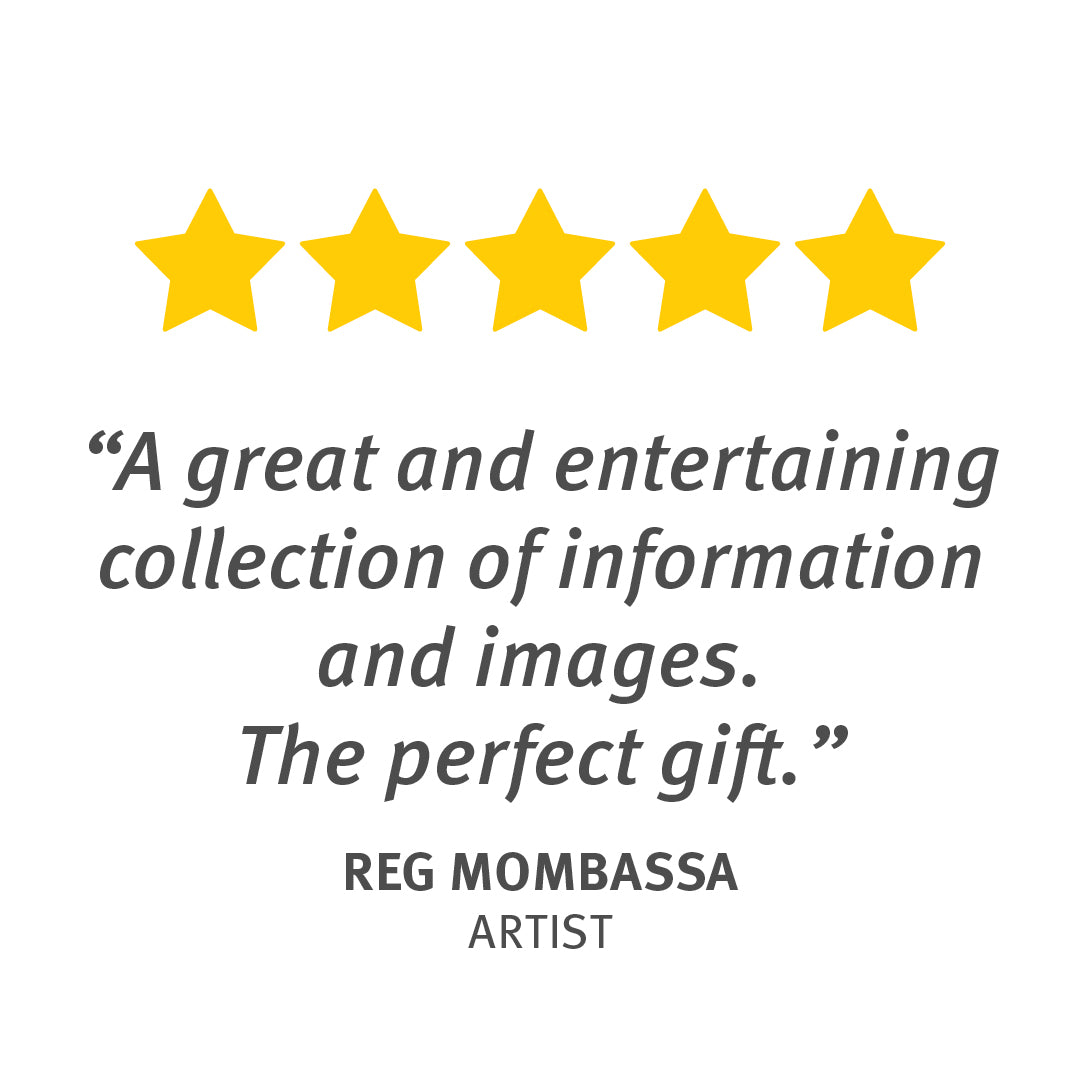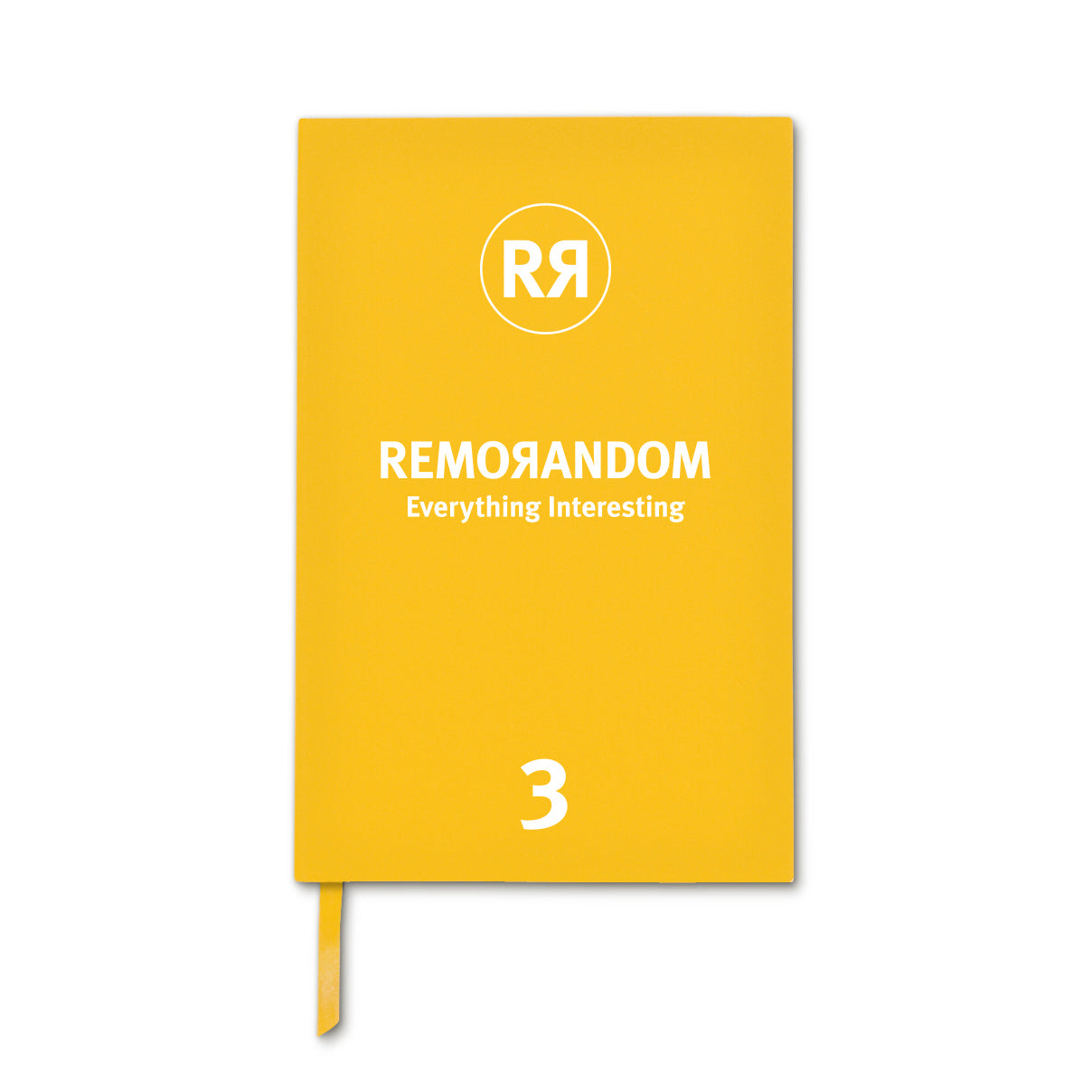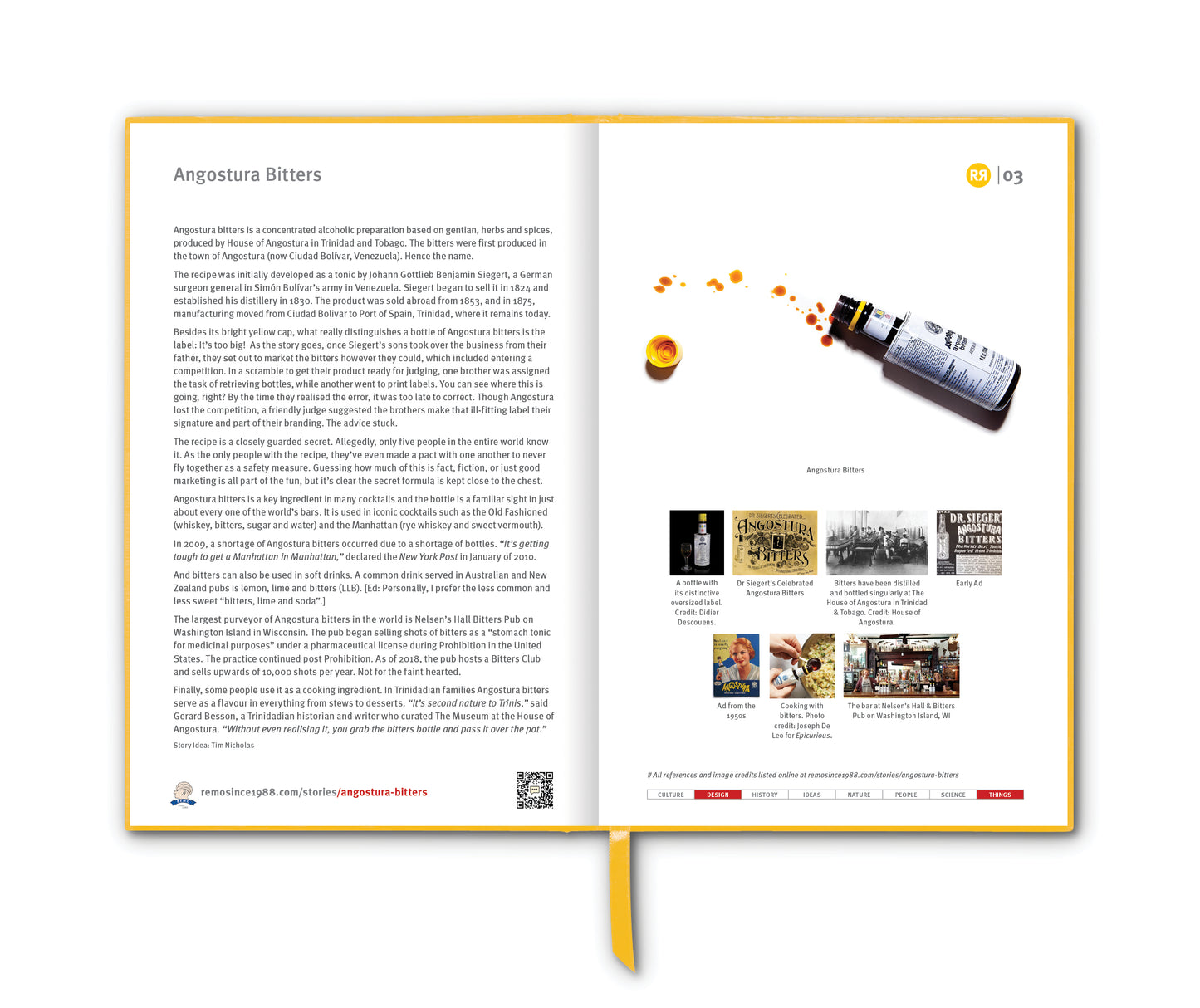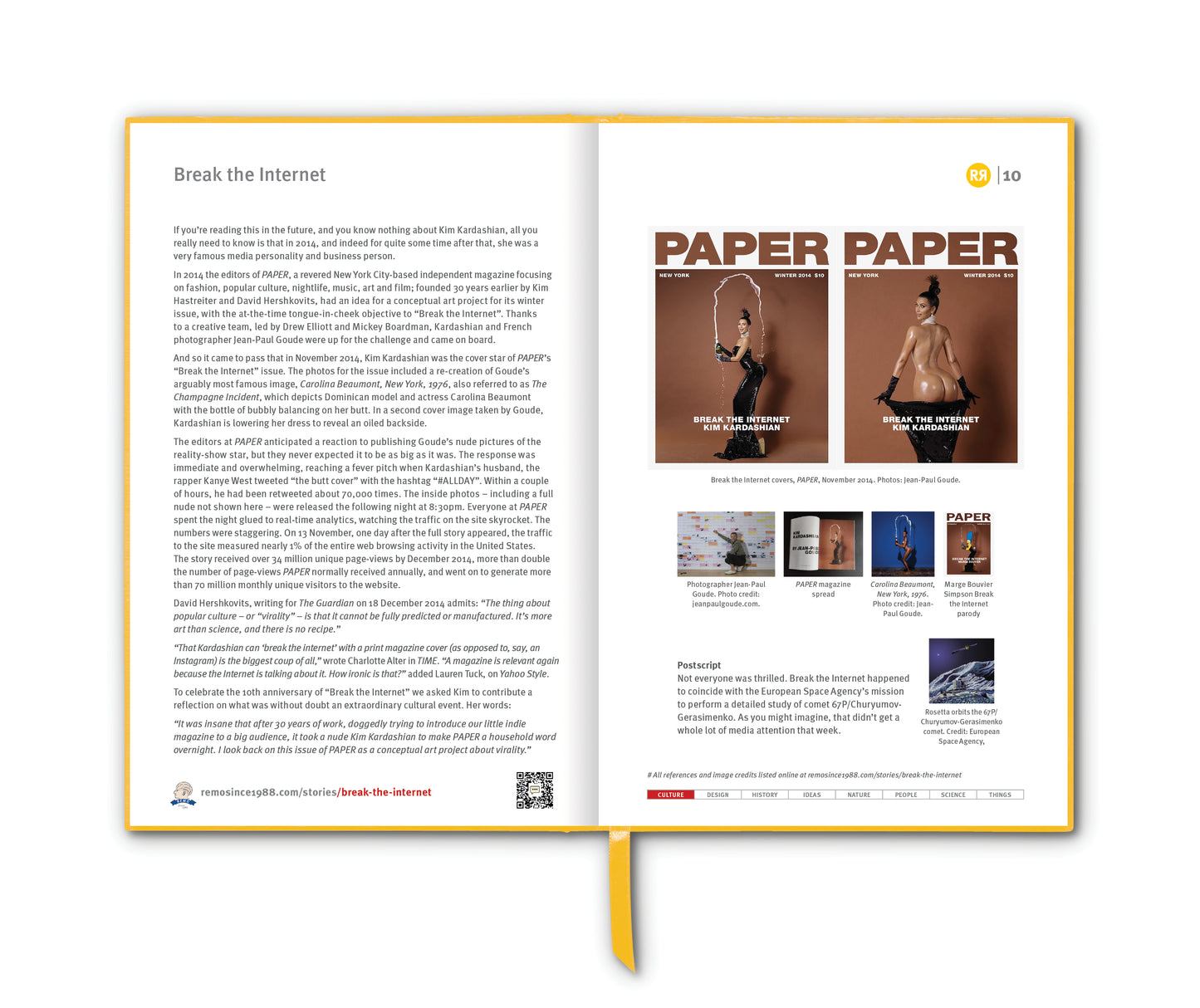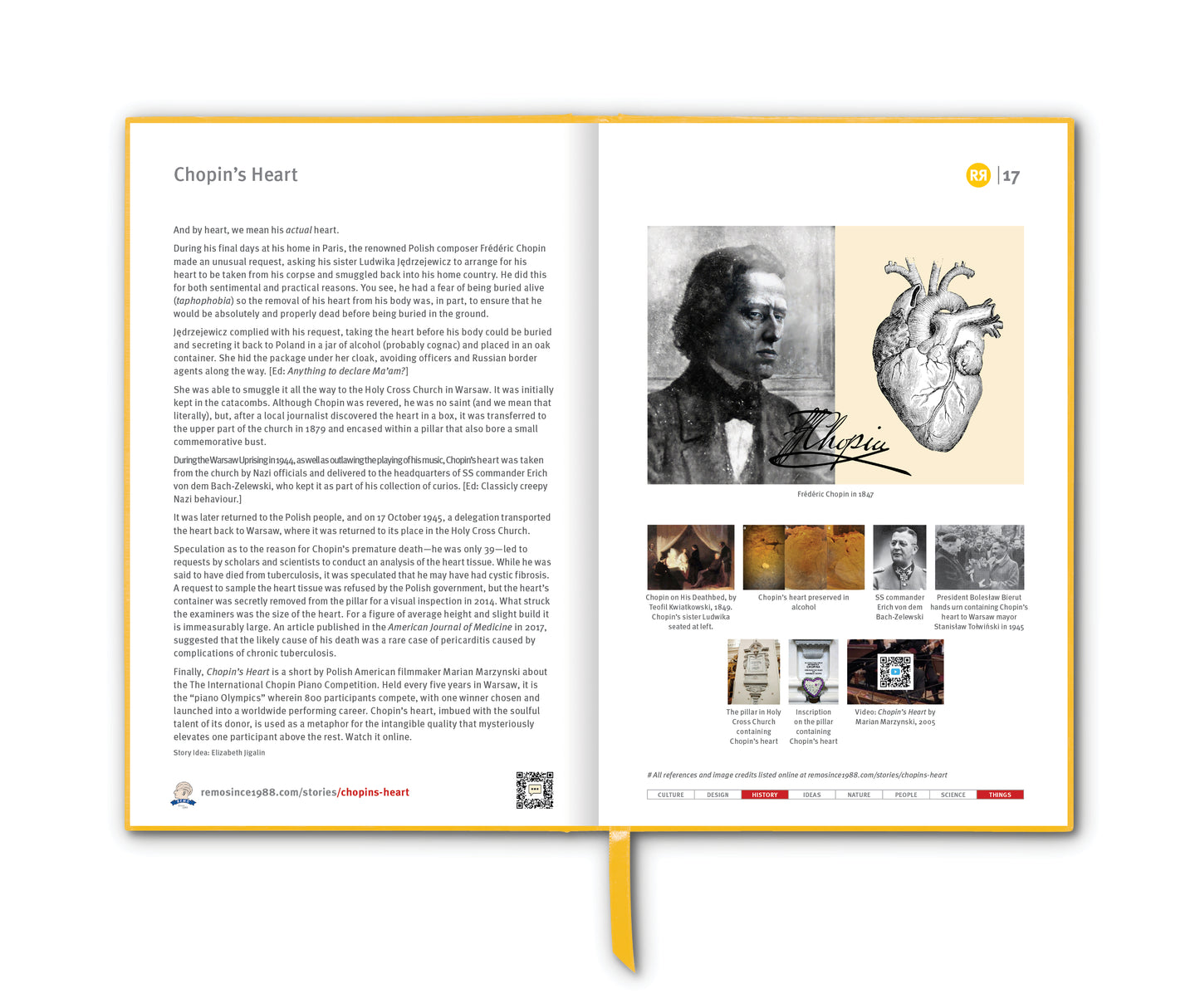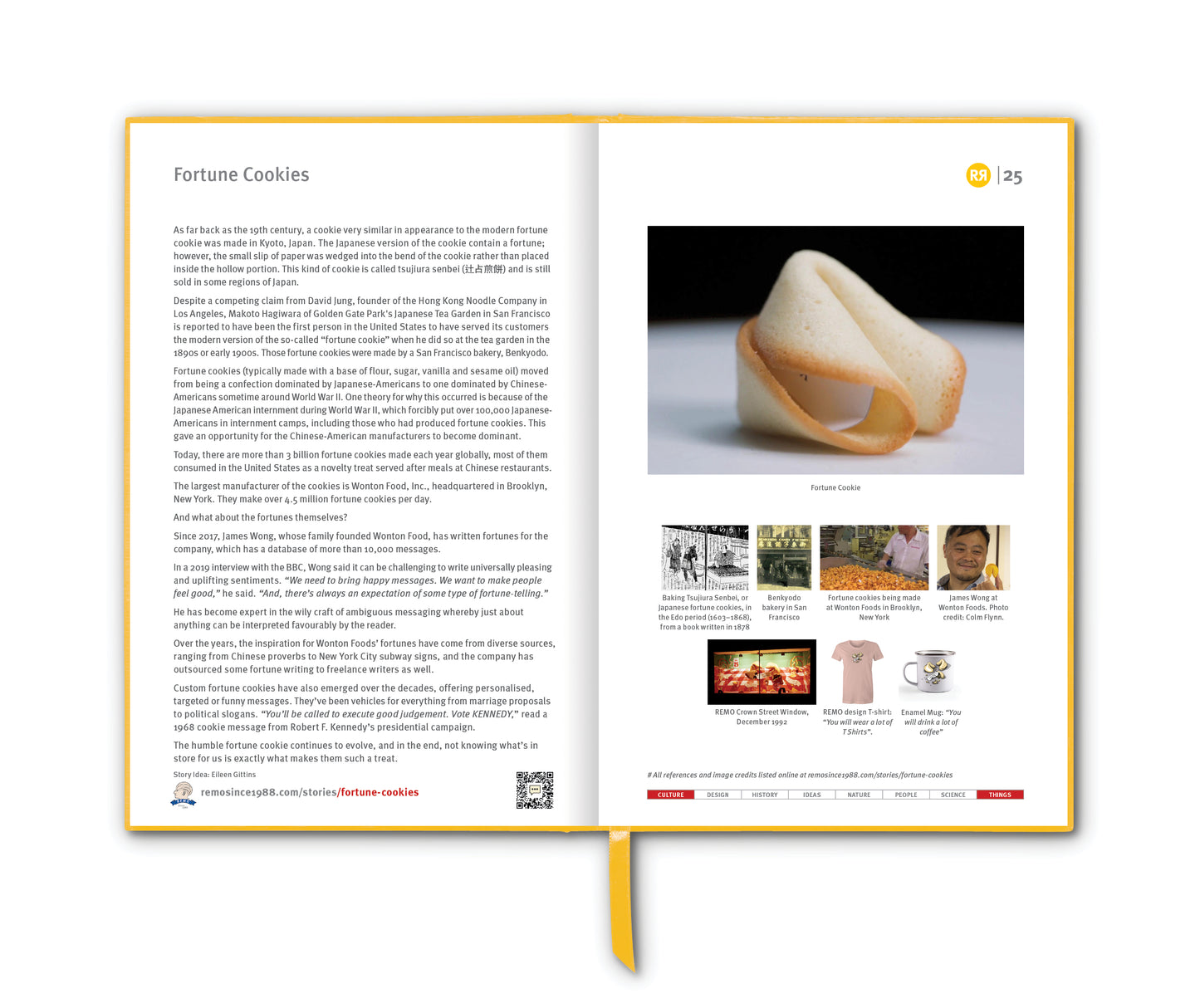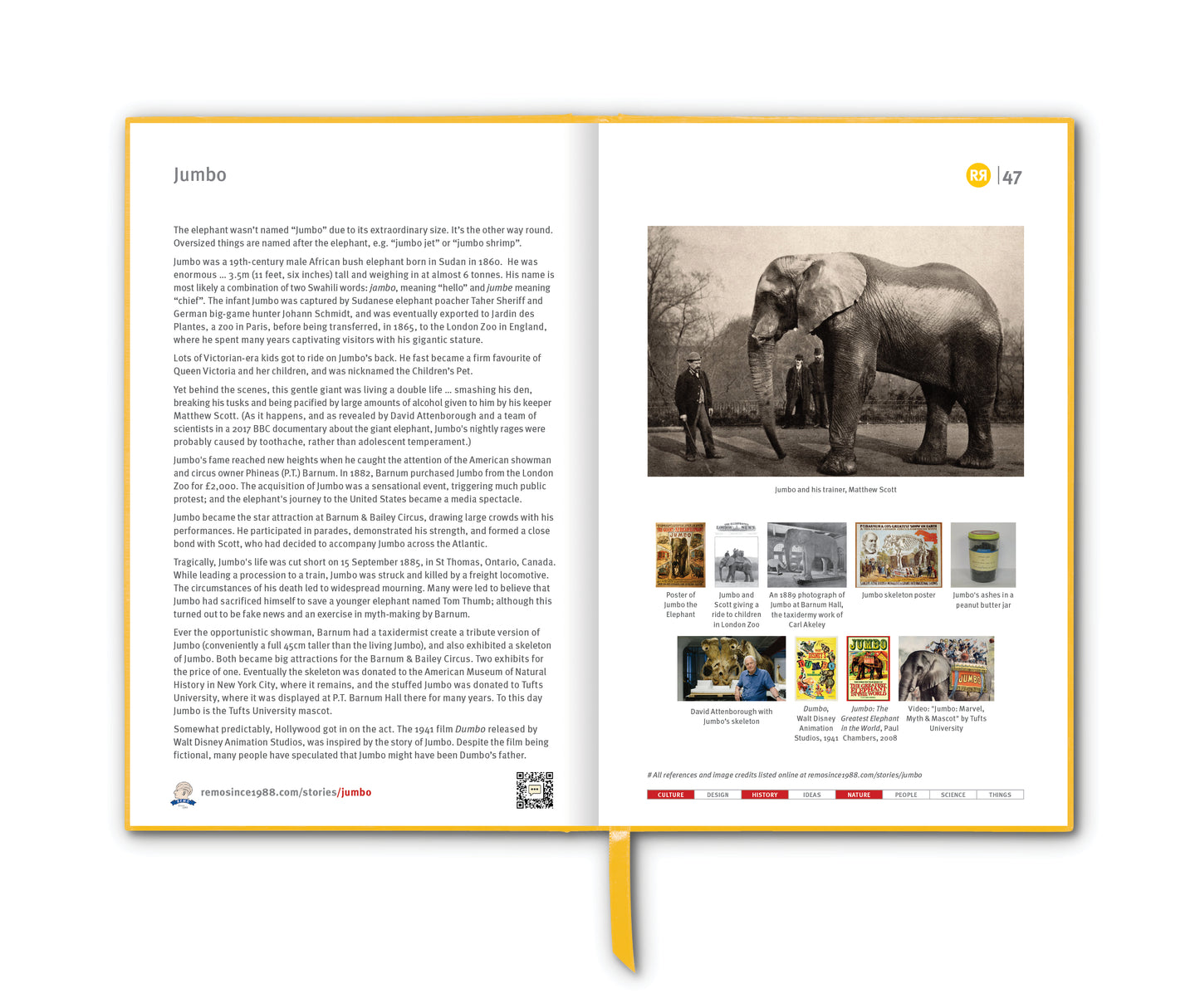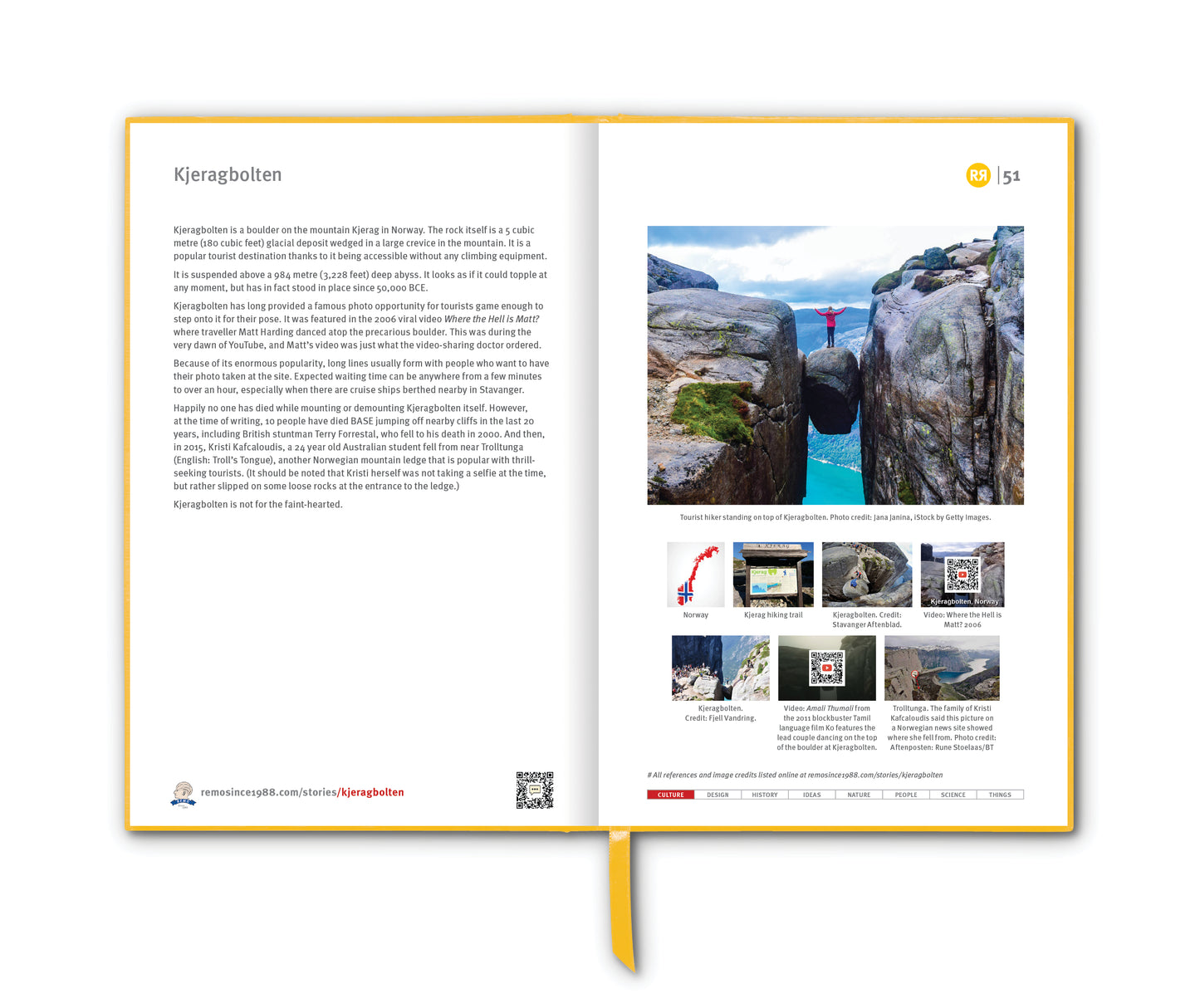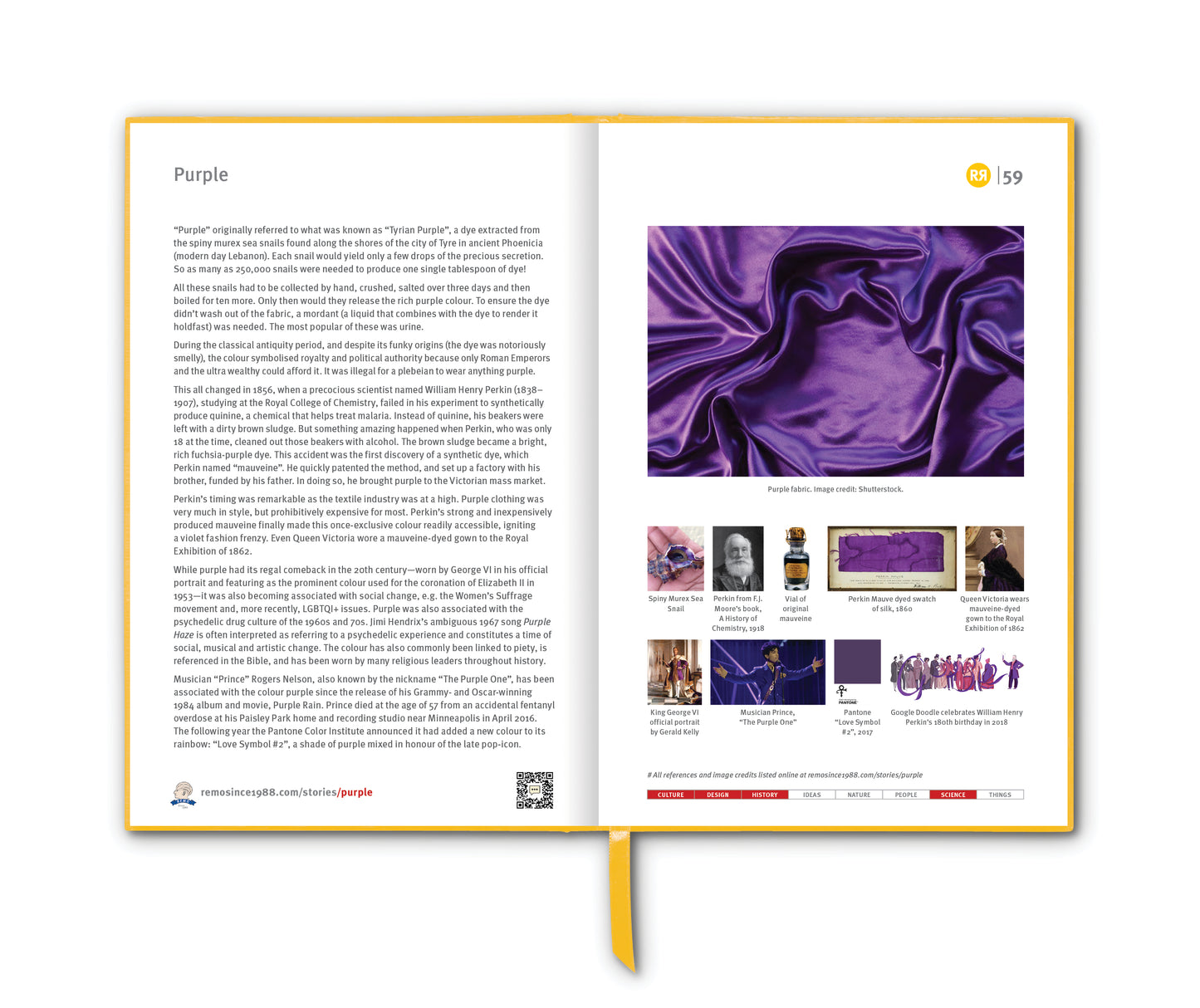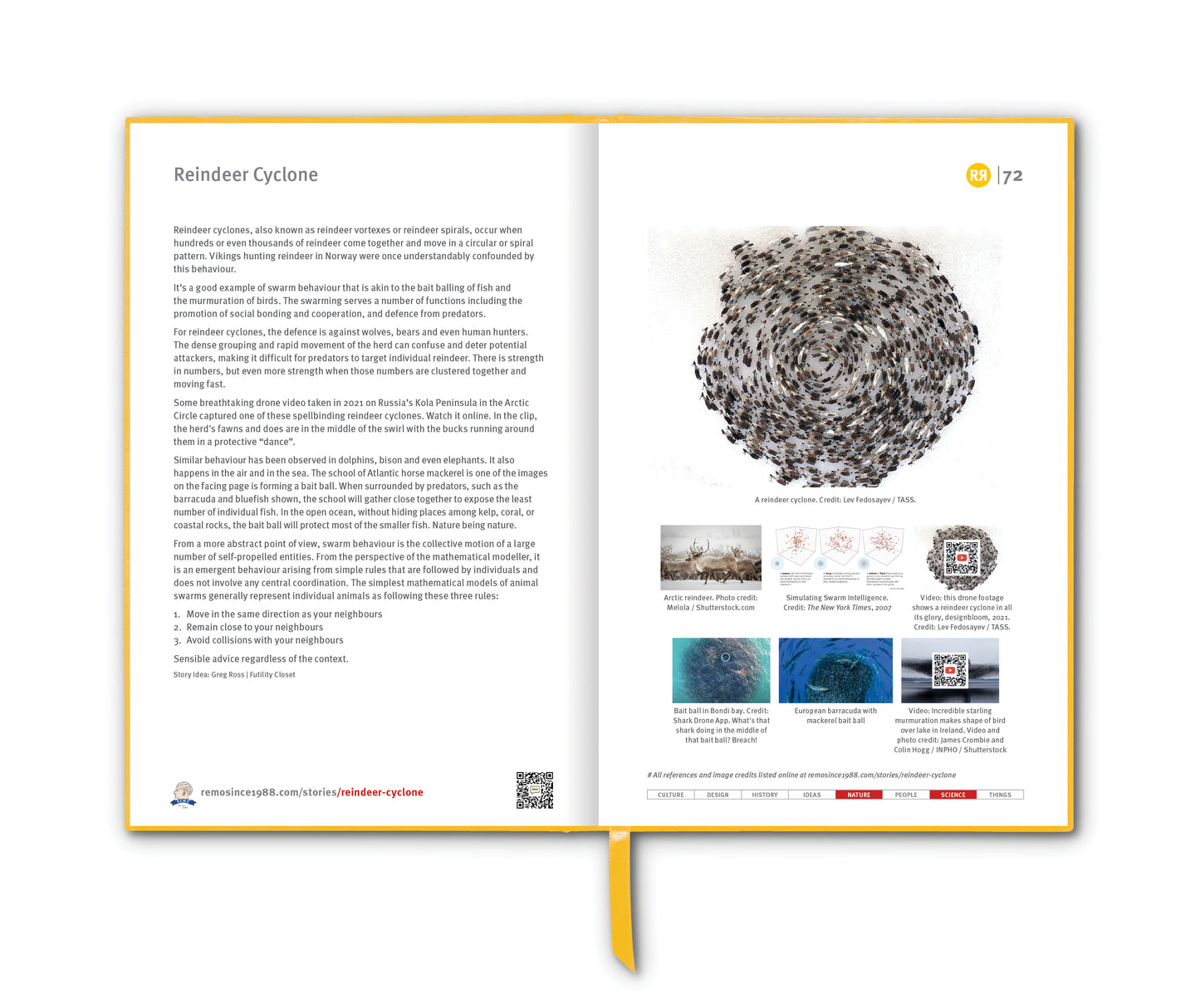The history of striped tops, long referred to by REMO as “stripey things”, spans centuries and has been influenced by various cultural, social and fashion trends.
In the European Middle Ages striped clothing was associated with deviance and abasement. Servants and court jesters wore striped clothing; as did prostitutes, madmen, and criminals … not voluntarily but by official orders. Stripes were a mark of the unwanted of society.
This association and negative vibe remained in some form through to the 1800s with the introduction of stark black and white striped uniforms for US prison inmates. Very Keystone Cops and robbers. The stripes also had a practical purpose, making escaped inmates easily identifiable on the lam … that is until orange became the new black (and white).
The origins of the boat neck stripey thing that we mostly think of as a top today can be traced back to the 18th century when it was recorded by decree in March 1858 as the official undergarment of the French Navy. The distinctive blue and white stripes of this original “Breton shirt” or “marinière” design featured 21 stripes, one for each of Napoleon Bonaparte’s victories, and the distinctive stripes made it easier to spot sailors who had fallen overboard. Handy. Sailors of the modern French Navy still wear these garments in certain orders of dress.
Other navies got in on the stripey act. The Imperial Russian Navy adopted a blue and white striped “telnyashka” blouse during the 19th century. (It was also worn as an undershirt.) The colours variations for the telnyashka were defined in the Russian Federation Presidential Decree No. 532 in 2005. According to that document:
- Dark blue stripes are worn by the Navy troops
- Blue stripes are used by the Airborne forces
- Black stripes are worn by Submarine divisions
- Red stripes are worn by Spetsnaz (special forces) of the Ministry of Internal Affairs
- Green stripes are worn by border guards; and
- Orange stripes are worn by the Ministry of Emergency Situations crew
The popularity of stripey things expanded beyond the navy and into mainstream fashion during the 19th century. The French Riviera became associated with the stripey thing, as it was worn by the bourgeoisie for seaside leisure activities.
In the early 20th century, fashion icon Coco Chanel played a significant role in popularising the stripey thing. She incorporated it into her nautical-inspired collection in 1917.
The stripey thing gained further popularity in the mid-20th century, partly due to cultural icons adopting it. Personalities like Pablo Picasso, Audrey Hepburn, James Dean and even John Wayne (huh?) were often seen sporting a stripey, contributing to its association with an artistic and bohemian lifestyle.
And stripey thing champions are ever emerging, e.g. the fashion designer Jean Paul Gaultier adopted the stripey thing as his personal uniform.
Last, but certainly not least, REMO introduced its version of the stripey thing (with a ratio of white to colour of 1:1.5) back in 1989, and it quickly became the General Store’s number one best seller, a position that it retains today. See it HERE.
Surely the history has something to do with its enduring appeal.
Story Idea: Remo Giuffré
__________________________
References
bbc.com/culture/article/20160309-the-ultimate-symbol-of-french-cool
wikipedia.org/wiki/Telnyashka
mannermagazine.co.uk/single-post/2019/03/27/a-brief-history-on-the-classic-stripe
lovetoknow.com/life/style/striped-cloth
bretonshirt.com/blogs/news/the-history-of-stripes-in-fashion
Images
1. French navy crew in their stripey things
2. Striped inmates at the Auburn Correctional Facility in Auburn, NY
3. Keystone Cops and Robbers at the Macy's Thanksgiving Day Parade, 2017
4. Sailors with the Russian Imperial Navy. Image: Via/ NYPL Digital Collections.
5. Orange stripes for the Russian Navy Emergency Situations crew
6. Coco Chanel wearing a stripey thing
7. "Pablo Picasso et les petits pains", 1952. Photo: Robert Doisneau.
8. Brigitte Bardot pioneered the ‘Riviera mode’ look, appearing at one of the first editions of the Cannes Film Festival in a red version of the striped thing. Credit: Alamy.
9. John Wayne in a stripey. [Ed: Somewhat out of character, don't you think?]
10. Jean Paul Gaultier adopted the stripey thing as his personal uniform
11. Hugh Ramage models REMO Stripey Thing in development for Katerina Skvorc. The REMO ratio of white to colour is 1:1.5.
12. The classic navy and white REMO Stripey Thing. Available to order HERE.
13. REMO Stripey Things in Navy and Red HERE
